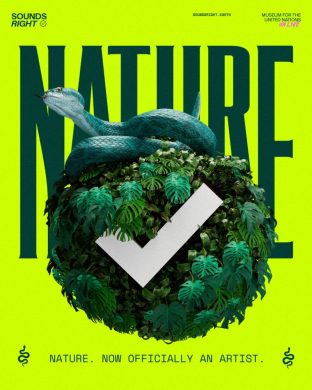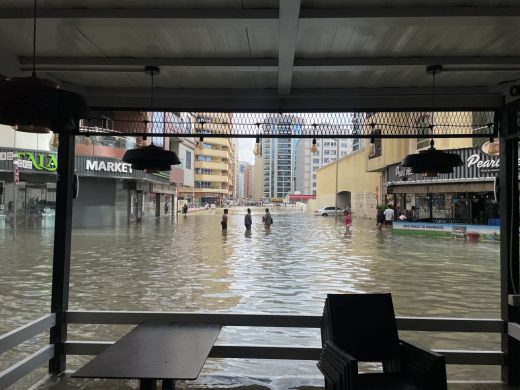Det fremgår af en nyhedsopdatering på hjemmesiden for FN´s Miljøprogram, og lyder som følger:
– Nairobi, 17 August 2016: Summer time in the northern hemisphere! Time to go to the beach or a nearby lake to enjoy the water in the hot weather. Swimming, water-skiing, rafting, snorkeling, playing “fetch” with your dog – pleasurable ways to unwind.
But danger lurks. You throw a stick into the lake. Your dog bounds after it and later dies. You inadvertently swallow water while swimming and get parasites. You eat seafood in a restaurant near the coast – and get sick. You head off for a swim in a lake only to find that is covered in green slime.
This is no horror movie. It’s a real-world problem, happening right now: Health warnings about dangerously polluted “fresh” or coastal waters are increasingly frequent. Pollution, mainly in the form of fertilizer run-off, livestock waste, and domestic and industrial wastewater discharges are the chief culprits.
A trawl of the Internet reveals a host of frightening reports about all the dangers and restrictions – things that were pretty much unheard of 50 years ago when our ecosystems were much more robust than they are today.
A serious worldwide outbreak of dangerous algaes
“Cyanobacteria [blue-green algae]now threaten the ecological well-being of some of the world's largest water bodies, including Lake Victoria in Africa, Lake Erie in the United States and Canada, Lake Taihu in China, the Baltic Sea in northern Europe, and the Caspian Sea in west Asia. They've also been found in Lake Kokotel in eastern Siberia, which is next to Lake Baikal, the world's largest, deepest and most ancient freshwater lake.” (2013 article in Scientific American)
USA, 2016 – “It’s as thick as guacamole, but you don’t want it near your chips. You don’t want it in your water, either, but that’s exactly where it is, a sprawling mat of toxic algae the size of Miami, spreading out across Florida’s storied Lake Okeechobee and from there along major rivers to the state’s Atlantic and Gulf Coasts. Fish are dying. Beaches are closing. People are getting sick. Governor Rick Scott has declared a state of emergency in affected areas…”
China, 2015 – “Every summer, the Yellow Sea turns green as a thick carpet of algae covers the beaches of Shangdong Province, eastern China. People living in Qingdao and nearby coastal towns have grown accustomed to their beaches looking more like verdant meadows every July… Partly as a result of the algae, Qingdao's beaches are home to a bizarre fashion trend: the Facekini. Many local women sunbathe and swim wearing masks to prevent sunburn and stop the algae getting tangled in their hair.”
Australia, 2016 – “For much of this year, up to 1,700 km of the Murray River has been hit by a serious outbreak of potentially toxic blue-green algae, which has flourished in the hotter-than-average conditions… The past decade has seen four similar blooms on the Murray River: in 2007, 2009, 2010 and now.”
Chile 2016 – “An algal bloom in Chile that has killed up to 20 percent of the country's farmed salmon, causing higher prices globally, has started to recede along with fish deaths, the government said on Friday. Chile is the world's second largest producer of salmon and trout after Norway.”
Algaes nourish by human development
The apparent increase in the occurrence and frequency of harmful algal blooms (HABs) in freshwater and coastal aquatic ecosystems across the globe is being linked to the influence of ever-expanding human developments and the associated pollutant discharges where little is being done to adequately treat or divert nitrogen and phosphorus (two key ”nutrients often concentrated in these discharges) which are what nourishes algae in the water and causes algal blooms.
The other worrying factor compounding the problem is climate change. With warming oceans, lakes and other aquatic ecosystems, as a result of warmer atmospheric temperatures, conditions become even more conducive for HABs to flourish in nutrient-enriched environments.
Find artiklen i sin fulde længde her:
http://www.unep.org/stories/Ecosystems/Sick-water.asp














